Media | Articles
According to You: The Best Starter Classics
Living in most car-centric parts of North America almost guarantees you an ample supply of vehicles for sale, and sometimes those vehicles can be considered classics. Many can be considered a “starter” classic for a budding enthusiast, but my suggested choice didn’t resonate with anyone. Perhaps there are too many cheap Ford Explorers where I live, and not enough vintage trucks/classic cars for the same prices.
But validation from others is not why the According To You series exists. Instead I choose to get the ball rolling, and let the Hagerty Community take it from there. And it clearly was a success, with great suggestions for starter classic vehicles from a variety of backgrounds. So let’s see how you answered the question.
First-Generation Mustang

@gerry: I think the 1st gen Mustang are a great place to start. There are plenty of units available, you can get a car from with a tree growing through the hood to a fully restored example, and everything in between for whatever your ability may be. Every part is readily available, there’s no searching for obscure parts.
@Mustang Kenny: I agree. They made so many that are still out there and many places make parts. And unlike newer cars that go down in value, classic cars go up in value so you get to enjoy your investment hands on.
@hyperv6: First gen Mustangs have been way under priced for years unless it was a Shleby.
Marketplace
Buy and sell classics with confidence
@RichyRich: First gen Mustang…
BMW 2002
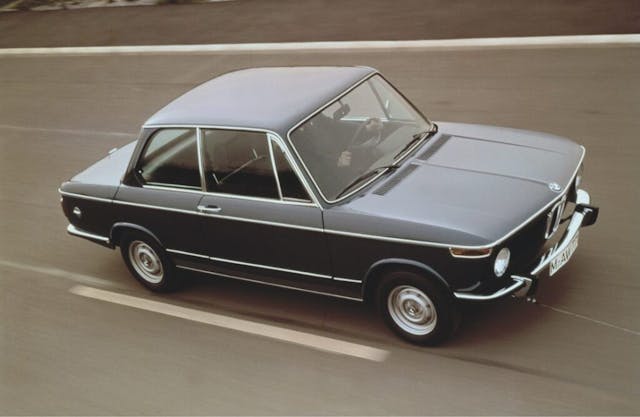
@David: For the first time owner of a classic, I would recommend cars that sold well when new, so there are plenty of examples from which to choose, so you’re not forced into picking something beyond your skills. This also leads to cars that with well-supported parts networks and active owner groups in virtually every part of the country. Mustangs, Camaros, Chevelles, Volkswagens and any number of pickups from Chevy and Ford. Did I follow my own advice?
No. I chose a BMW 2002, which is isn’t a BAD choice, but not the best choice.
@Ken: BMW 2002 is a great choice, IMO. Parts are still readily available and its easy to work on. It has the classic look, and it was my first classic as well.
@Stu: Those are great cars. Plenty of them are in Southern California.
Any(?) Truck With A Good Frame
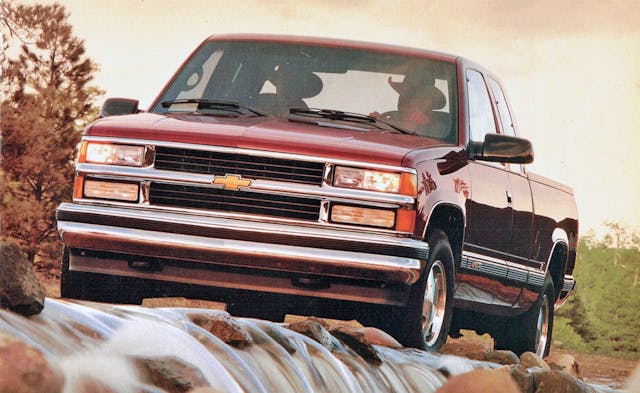
@hyperv6: The one to do is a truck. Ford or more so a Chevy. if you have a good frame you can buy about any needed part to restore one. The engines were made in the millions per year not in total. The best part is a well restored truck can bring a good profit as they are selling well once restored.
Most Camaro, Mustangs and Chevelles are priced out of reach anymore. Rusted shells can go for $10K. Find a basic truck on a farm and restore it, the 1960-1970’s examples are prime right now for restoration parts. The profit made on this can be applied to a better car at the next level.
@snailish: Truck is the entry-level answer all day long. Where I live the 60s trucks (especially GM) are now really pricey and the 70s are starting to catch up. If you can snag a good one at a decent price do it. Hagerty likes the term Radwood for anything 90s, and this is the sweet spot of hobby entry point.
While you still will see the odd GMT400 truck being used as a beater work truck they are declining fast. Prices on pristine ones in sought after specs (454 SS, shortbox 4×4, etc.) are rising but generally not yet out of reach. 90s trucks are a nice blend of modern/archaic. They made millions of them and they are hitting the bottom of depreciation curve. Modern mechanics have worked on them (unless it’s a really new mechanic at a dealership I suppose). They aren’t giant bloated things, yet they exceed most users truck needs for 99% of the things you want to do (if you need a heavy-duty towing rig –buy a 3500).
@Glenn: Any GM truck from 1973-87 (Square Body) or the C/K series from ’88-97. Easy to work on, and parts availability both new and used, is great. I did a mild refresh on a ’92 long bed a few years ago and was amazed at how easy it was to work on.
C5 Corvette
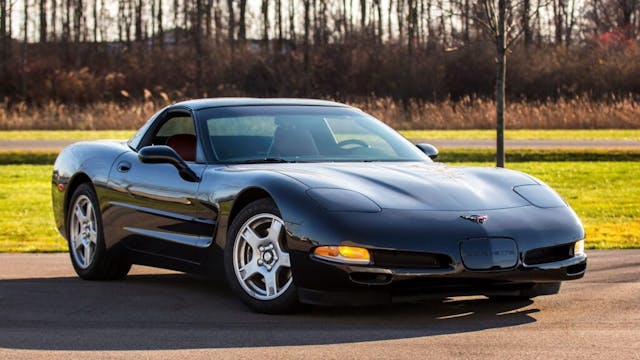
@MeJ: I’ll vote a C5 Corvette. They are reasonably affordable, easy to maintain, mod, and enjoy. I believe these actually will be considered “classic” one day.
@hyperv6: As a owner of a C5 I will agree. They are the performance bargain right now. as a low mile car can still be had cheap. You may never get split window Corvette money for a C5 since there are so many, but if in good condition they will maintain and grow some value as time goes on.
BMW 3 Series
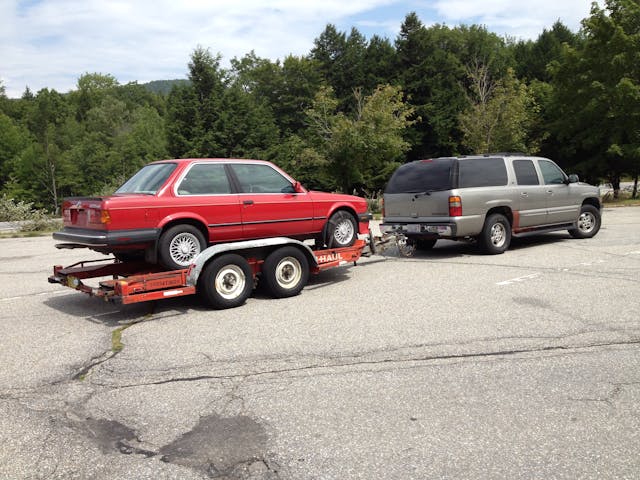
@TG: 3 Series Beemer. You can get them at throw-away car prices, and there are plenty of parts for them. Not the easiest things to work on, but most starter collectors aren’t going to get into serious engine work anyway.
MGB
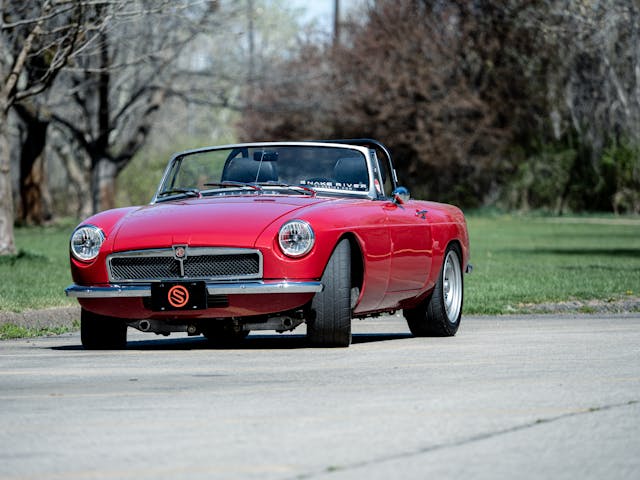
@MGWrench: I think it depends on the purpose of your starter classic. If you want to start a collection, but you’re not interested in maintaining it, then buy the best example you can afford of the car that excites you the most and enjoy.
If you want to learn how to restore and maintain a classic car, then I would recommend an MGB or MGB-GT. They are simple cars that are still affordable and with care can be reliable drivers, but the rules that must be adhered to are: 1. Make sure you keep oil in the carburetor dampers, and 2. Most carburetor problems are actually ignition, so install an electronic points replacement.
C4 Corvette
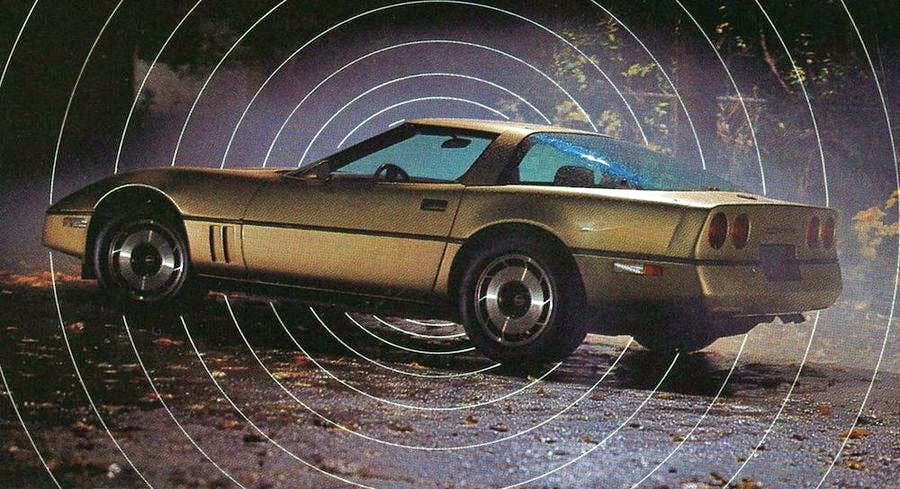
@Vehicle Nanny: If performance is your desire, I recommend a C4 Corvette (1986 or newer). The digital dash is not the nightmare some might think. Even 20 years ago I was able to fix mine for about $50 (and this was before YouTube!).
Tri-Five Chevy
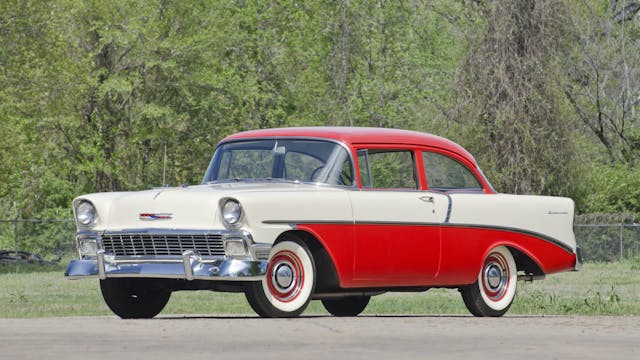
@Bob: I would tell them to start with a Tri-Five Chevrolet, 2 door. All parts are available, so find one that has the least amount of rust (they all have some rust) do not worry about the drivetrain. Do all your own work, the internet is full of advice, IMO.
Volvo 122

@JH: Volvo 122 series hands down! I am thinking of youth, or young adults, and a good starter classic that is durable, financially accessible, easy to work on, enough manufactured to have a good parts supply but still rare enough to seem unique, and a safe and fun car to drive! The Volvo 122 can be restored, modified to rally specifications, or built as a daily driver.
When built to rally specifications, the Volvo cars were a worthy match for many of the other cars of their era. The Volvo 122 is far easier to work on with better parts availability and less expensive to acquire and maintain than many of the vehicles mentioned earlier.
Supercharged GM W-body

@Dave: If you can find one, get a 1997 to 02 Buick Regal GS. It’s a supercharged, 240 HP sleeper with the bulletproof 3.8 V6. I did a quick search and found one in pristine condition, 64k miles, asking price $6,995.
@Sajeev Mehta: Fantastic choice! I’d add all of the Regal’s W-body supercharged brothers from Chevrolet and Pontiac, as they all have great performance with dirt cheap replacement parts.
Volvo 240

@Howard: Volvo 240, especially a later model. Not sexy or quick, but younger people appreciate the cool factor of the quirkiness.
Chevrolet Corvair
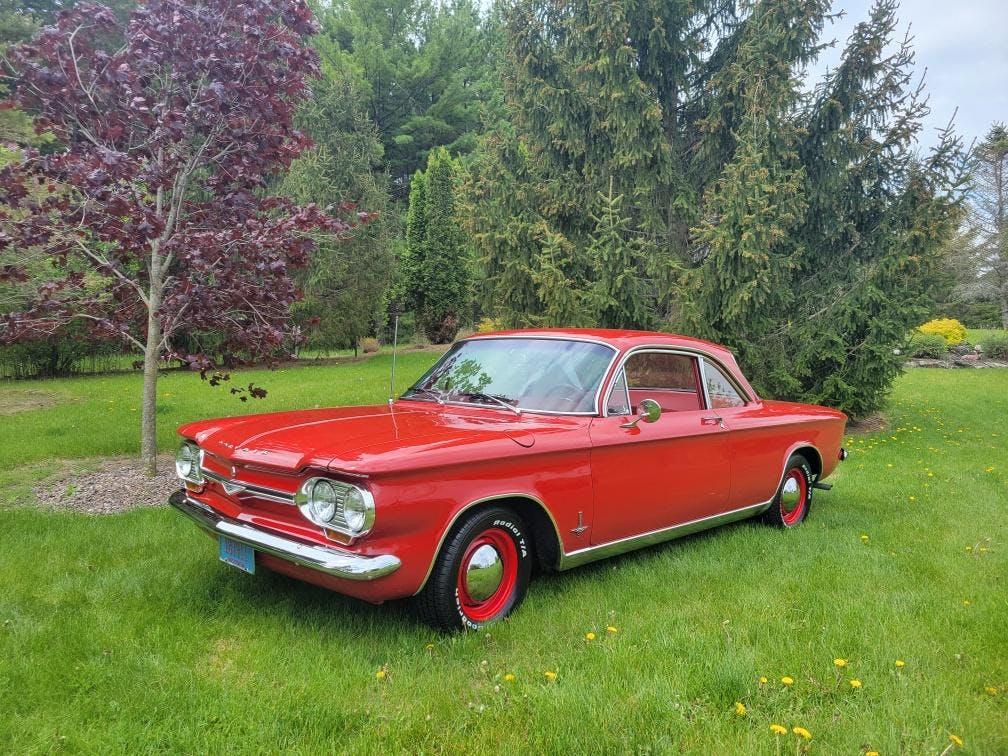
@Paul: If you want something a bit different look at a Corvair. They’re still relatively inexpensive to own and restore. There are Corvairs for every taste. There are cars of all kinds plus trucks if you like. They’re still competitive in vintage racing as well as great cruisers. Parts are fairly easy to source and they’re not too complicated for a beginner. There are tons of info about them as well.
Mercedes-Benz 280 SL
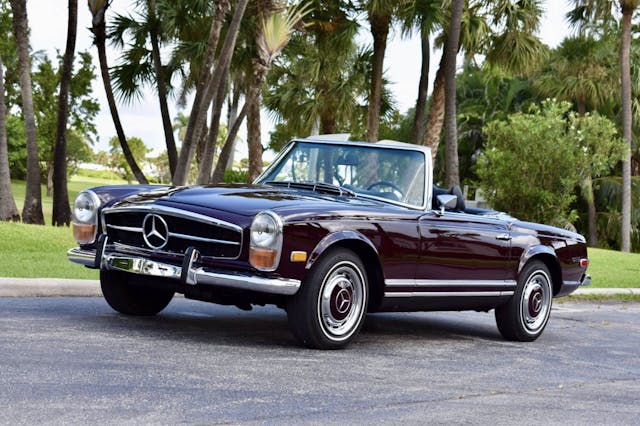
@Ramsey: Mercedes-Benz 280SL! Reliable, respected, readily available support, and almost always the same value when you’re selling as when you’re buying!
Ford Model A
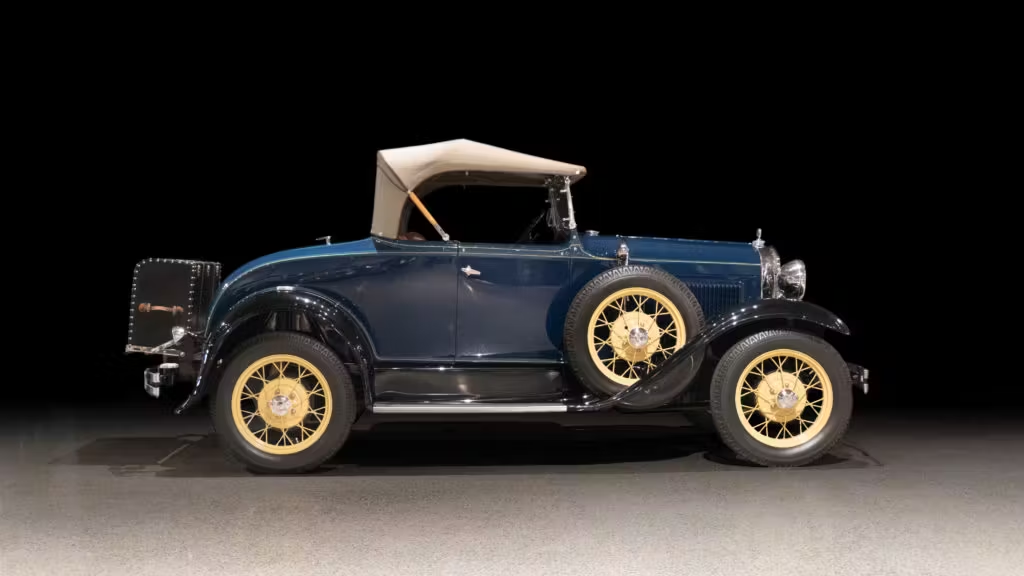
@Jim: I will take a slightly different tack with this question. First, the key words here are “first” and “classic.” In that context, I suggest a first classic should be something designed for the person who is actually entering our world but has little to no experience with either cars or mechanical work in general.
My suggestion is then a bit off the wall: I recommend a Model A Ford, for the following reasons. They are plentiful; Henry literally made millions and a satisfying number are still out there. They are dirt simple. Model As are a wonderful basis for a person to really learn the fundamentals of how cars work. A copy of Martin Stockel’s book on automotive fundamentals and repair (first or second edition is recommended) is an excellent basic handbook for the newbie. A Model A specific book will be invaluable as well. The whole industry that we depend on for maintaining and restoring our classics today was founded on the maintenance, repair and restoration of Henry’s early cars. There is an enormous support for Model A parts and services. The cars themselves are not outrageously expensive, unlike more modern vehicles. Check out a current Hemmings listing for the Model A. Many are available from professionally restored trophy winners down to the bring a trailer category.
I suggest the new person look for a car that has been previously restored, several years ago, and preferably a home shop amateur job. These are amazingly cheap when compared against most other candidates. It will be something that can be repaired fairly easily, is not too expensive, and with simple tools can be repaired or rebuilt easily. By seeking out a previously home brewed restoration, the newbie will get something useful, will be inclined to use it around town and will usually be close to home if some “unscheduled” maintenance is needed. The qualities of simplicity found in the Model A will provide the new person everything needed to learn automotive fundamentals and enjoy a first classic without breaking the bank. Finally, when it is time to sell there will be a ready market for the history and entertainment the Model A represents.
@Septuagenarian Classic Enthusiast: Congratulations are in order, as this is the best answer to the question as stated in the title of the article. I agree completely. Well done Jim!
***
Check out the Hagerty Media homepage so you don’t miss a single story, or better yet, bookmark it. To get our best stories delivered right to your inbox, subscribe to our newsletters.
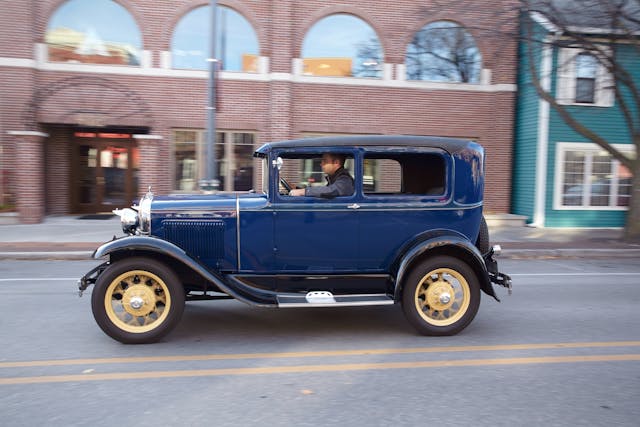





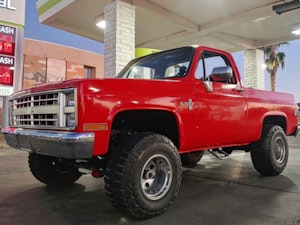



















First thanks for NOT adding the VW Beetle!
They have been oversold for decades by self absorbed early “boomers”… I can say that, I’m a mid-boomer. Counter culture kitsch can only go so far.
The Model A is a great suggestion if you want to learn to work on cars but don’t need to go anywhere fast.
As someone else pointed out, A Jeep is good, but maybe not the best choice if you have teens that might be tempted to do something stupid in it. But if they are going to use it on road, you can make it very safe by adding a full cage and harnesses.
But the 1st gen Mustang is my top pick. In 65-66 they made one million hardtops. They are inexpensive, plenty of parts, stylish and there will always be a market for them.
Dart Duster Demon with slant 6.
Mercedes W107 bodied Sls…from 1972 450sl to well into the 80 with the 560sl…timeless and nearly bullet proof. They all look the same so almost no one knows exactly what year it is. Tons of parts and still robust service options.
A much better choice than the R113 280SL as suggested above. A pristine 560SL can be had for less than rusted shell of a 230/250/280 SL Parts for any Mercedes are way more expensive than domestic cars and the 280SL is much more rare than the R107s. They are great cars, and I love mine but often when I’m working on it, I’ve thought “Ford would have done this with 3 parts on a Mustang, not seven like Mercedes”. Again, we’re talking about cars for beginners and the Benz may not be the best choice.
Hmmmm, I really don’t like suggesting a “previously restored, several years ago, and preferably a home shop amateur job” unless you have the willingness, know-how and patience to undo what has been done. So many times I’ve run across a greatly hidden, glossed over repair done so bad, it snowballed to a blizzard of cash. Or parts altered in a way that made them useless to perform correct repairs.
I have to give a great big THUMBS UP to the Volvo 120 series (122, 124, 125). they run forever and parts a actually still available from Volvo and a number of dealers in North America and Europe. The biggest thing to watch for in the cars from the late 50’s to mid 70’s is rust in the frame and floor panels! I have own/driven a 1965 “Amazon” (120 Series), a 1970 145 wagon, a 1964 P1800… and for the past 20 years a 1962 P1800. They are a joy to drive, easy to work on, the parts are always available, and the B18 engines run forever!
I agree 100%
Now, wouldn’t you agree that the 122 in the photo is a particularly nice example? 🙂
Still no love for the 1st gen BMW 3-series from Hagerty. You hit both sides of it by including the 2002 and later 3 series, 84 on.
And a side note to TG: a Beemer is a motorcycle, a Bimmer is a car.
Hagerty didn’t create the list – readers did.
Why so much hate on the C4s? Children of the 80s and 90s looking to get into a car a prime for these cars. I know they have their issues but boy oh boy getting into a car you own remembering the commercial as a kid or seeing your first one coming down the block can’t be beat. Let’s give them some love. Love mine!
The Volvo cars a great and very dependable but a little boring and what I seen they do not bring big money. The Mercedes are expensive to buy and to maintain. I had a 230 SL and if I recall they have a lot of vacuum issues but I truly did enjoy driving mine with the top down. We currently have 280SL in stock not ready to sell at this time. We also have seen a huge price increase on trucks. We like the trucks the from the 50s and early
to late 60s . Corvettes are best bag for the buck hands down. Fast and some even run on regular gas, My 2005 was a 6 speed and it was fast and got great milage. Now for the Ford Model A we have found the money is dropping primarily becaus of the people that wannted those cars unfortunately are dying off.They are coll to look at that cool to drive. We have one that been in the family since 1950 and it is sweet but I sold mine. The Ford Mustang are great cars and like someone said parts are easy to find. I’m just a not a Mustang gut unless in a 66 fastback . Chevrolet Corvair my opinion they were junk. Not wanting to hurt anyone feels it’s just my opinion. I love the BMW cars and I drive one daily but 2002 BMW are big money for the right car . I had a few back in the day and I had one 2002 tsi loved the car but again I sold it . But thats what do sell sell.
To @TG, there is no such thing as a 3 series Beemer, since a Beemer is a BMW motorcycle. Perhaps you mean a 3 series Bimmer?
I came here to make sure someone set the record straight on this!
Last Gen supercharged Bonnevilles seem to be picking up in interest. Most of the ones I can find are in the mid teens. I’m looking to upgrade from my 03 SLE.
No Euro’junk for me, we won the war because our stuff was the best and plenty of it, they lost because their’s wasn’t, and still isn’t, I hate the money-pits, I like cars that work and can be fixed, parts available and cheap, maybe the Model A is the best of all.
Miata- the perfect all around starter collector car. Cheap? Yes, 4k to 10k for a wide range. Manual? One of the best! Reliable? Yes! Can be raced? Yep- there’s entire race classes for Miatas! Fast? Can keep up with traffic, can be supercharged, can have V8s dropped in (thanks, Flyin’ Miatas!). They really are the modern early Mustang, just less rusty!
I agree with you on the miata. I have a 1990 mariner blue with 188k miles and counting. This past summer I drove it from central PA to to the Tail of the Dragon. Three runs on the Tail, mostly between 6k and 7k rpm. 1600 miles, and only a pint of oil to top it off when I got home. The only work needed has been the timing belt, water pump, and front seals, which is easy to do.
I appreciate your choosing a Mercedes as one of your picks, however it’s the wrong one. If you want a two seat SL, the next two series (R107 & R129) are almost as good looking, are much less $, and perform better. However, the overall choice for Mercedes, in terms of value & performance for the acquisition and running costs, would be one of the E class or C class sedans from the 80s -90s. I speak from experience.
I’m surprised the VW Beetle didn’t make the list. While no longer as cheap and plentiful, they are rugged, simple and have extensive support. You can just about make a Beetle from parts.
Maybe we still remember those 60’s and 70’s bugs. In my case, my dad had several and spent a fortune on repairs. Fragile bodies, unforgiving valve clearances, and overheating in hot weather sent him to the Toyota and Datsun dealerships. His 1971 Dodge Colt had a 1600cc. hemi engine, slick gearbox, and air conditioning. Fun car!
The Model A has one superior advantage over all the other picks. It will definitely bring more smiles and looks than any of the other cars listed.